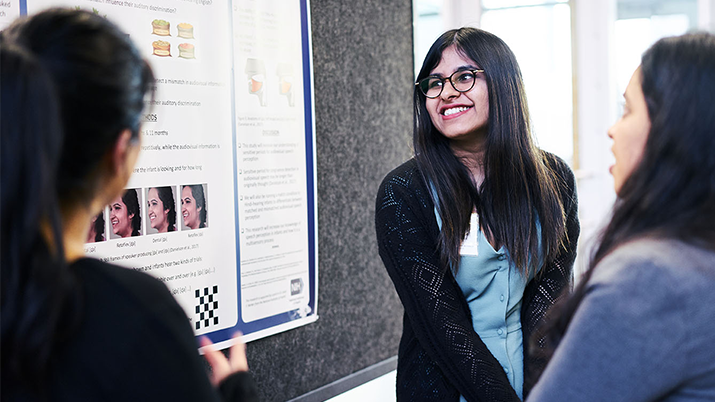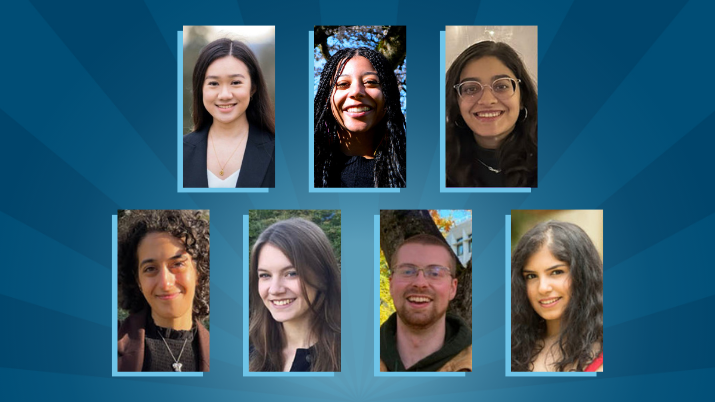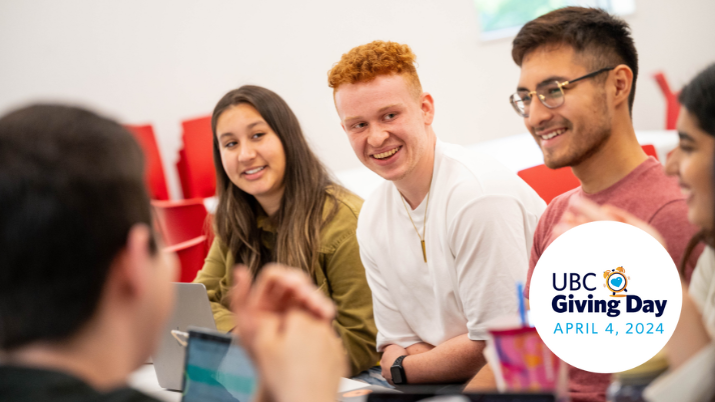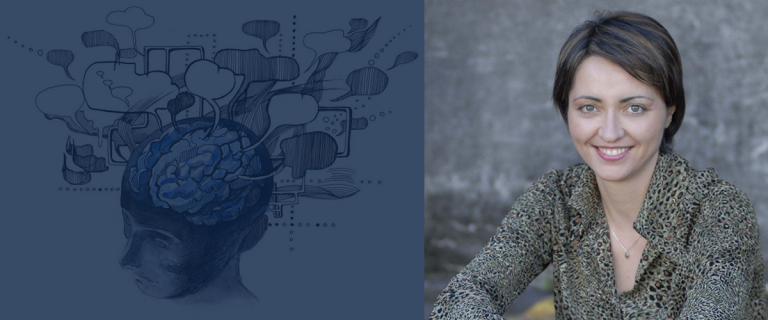

Dr. Kalina Christoff explores the science behind mind wandering.
It’s safe to say that most people daydream. Mind wandering can happen when you perform everyday activities such as showering, walking, or driving–and when you’re fantasizing or remembering. But is there a pay off?
Dr. Kalina Christoff, professor of psychology and principal investigator of the Cognitive Neuroscience of Thought Laboratory, explores the science behind–and the cognitive benefits of–mind wandering.
Christoff and her research team study human thought and in particular, spontaneous thought. In this Q&A, Christoff shares how she first became intrigued by mind wandering, the different types of human thought, and new research she’s excited about.
What’s the lab’s main research focus?
The main research focus of the lab is human thought. Most, if not all, of the research happening in the lab right now relates to spontaneous thought in particular. In sum, our work investigates the cognitive and neural mechanisms of varieties or states of human thought, including meditation, creativity, boredom, dreaming, metacognition, and psychedelics.
What is spontaneous thought and what types of thoughts can be considered spontaneous?
Spontaneous thought is a mental state or sequence of mental states that arise relatively freely as a result of an absence of constraints. We can think about thoughts as being a single mental state or a sequence of states, so constraints may be acting on their contents or on the transitions between them. There are a number of states that we consider to be part of a family of spontaneous thought phenomena – mind wandering, dreaming, and creative thinking. Mind wandering is a big part of the research that happens in the lab.
Below is a figure that helps conceptualize these different types of thought. This figure is from our recent publication (Christoff, K., Irving, Z.C., Fox, K.C.R., Spreng, R.N., & Andrews-Hanna, J.R. (2016). Mind-wandering as spontaneous thought: A dynamic framework. Nature Reviews | Neuroscience.).
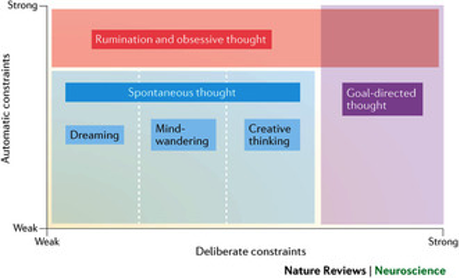

When and why did you first develop an interest in understanding the neural and cognitive mechanisms of human thought, reasoning and problem solving?
I can think back to a moment of insight during my undergrad. I was conducting my first experiment that involved participants narrating their thoughts aloud while solving an insight problem. It was intriguing how their thoughts tended to meander and appear chaotic, while coming to a conclusion before they knew they were on track. This got me interested in this type of thinking and how freely moving and seemingly undirected thought may have more purpose or direction than it appears to.
Can you tell us about any new research that you are particularly excited about?
We are particularly passionate about our recent work in characterizing dynamic connectivity – large-scale brain networks and how they interact and evolve across time. We are working with a millisecond scale of neural processes as they relate to spontaneous thought, which we find very exciting!
What are other members of the lab working on?
Matt, our PhD candidate, is working on characterizing brain network dynamics related to self generated thought and perception.
Manesh, a long-time undergraduate in the lab, is working on an EEG study looking at the neural dynamics of spontaneous thought and a comprehensive review of the effects of psychedelics on neural processes.
Quentin, another long-time undergraduate and past manager of the lab, is working on redefining mind wandering and boredom in a comprehensive review.
Sneha and Gabe, currently Masters students in the lab, are designing work to investigate neural correlates of varying degrees of constraints on spontaneous thought. Gabe is also working on validating a paradigm to study mind wandering.
Yvette, our third MA candidate, is examining links between memory and imagination through neurobiological and subjective experience across conscious states.
Dylan, another member of the lab, is working on an experience sampling study that takes a snapshot of everyday spontaneous thought and investigates the movement of people’s thoughts across time and across circadian rhythms.
Caitlin, our postdoc, specializes in computational modeling and will be using this in the context of mind wandering and other spontaneous thought.
Can you describe the personality of the lab?
To use a single phrase to describe the personality of the lab–laid back. We are a group of people who think about thinking and about different states of consciousness. Losing track of time over discussion and good food characterizes most lab meeting and gives insight into the group. Outside of the lab, the members can be found somewhere outdoors and many will be found meditating in their spare time.
We are also excited to announce our new lab website! You can find out more about each of us and about our work at http://christofflab.squarespace.com.
